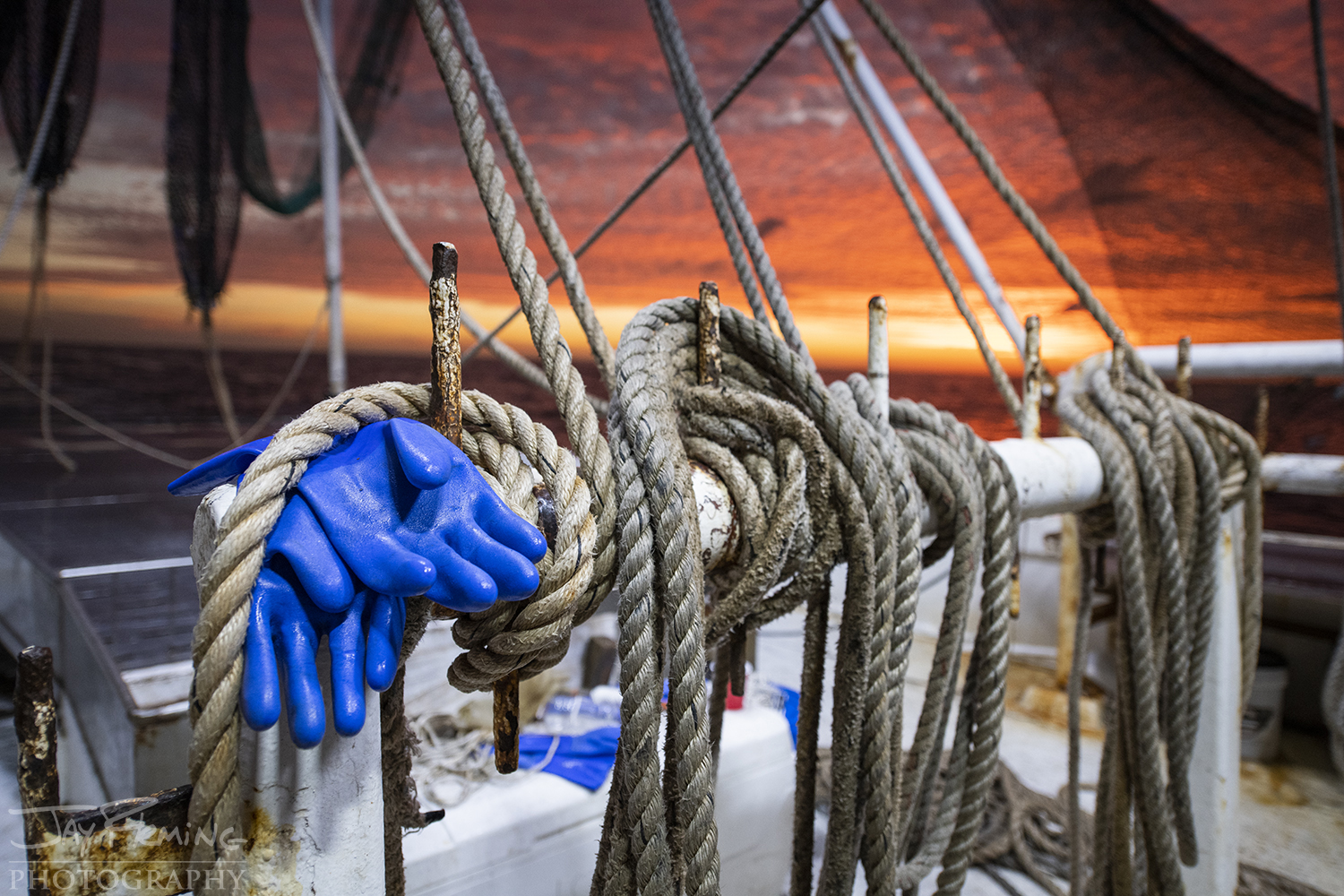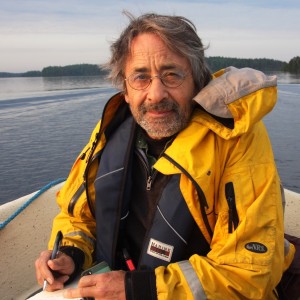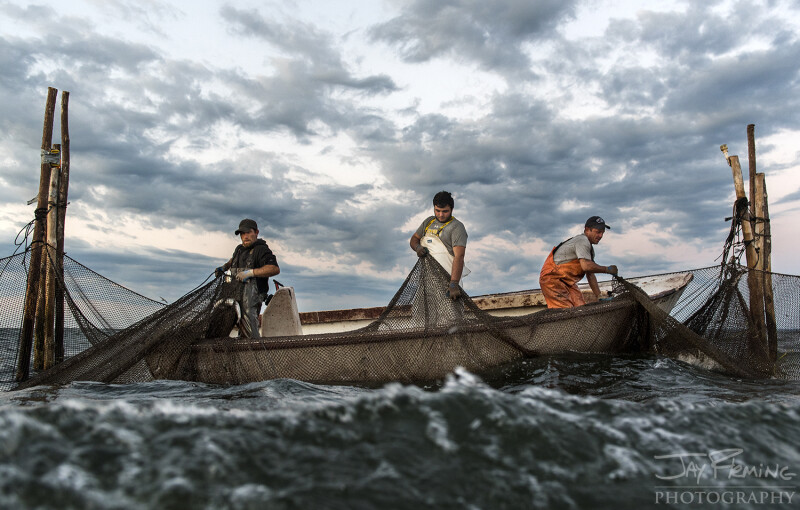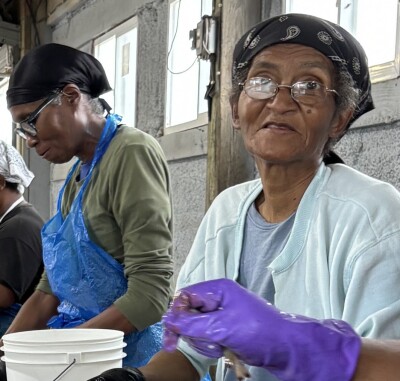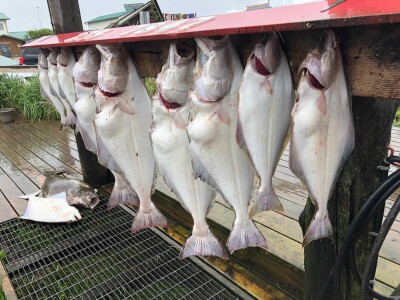Boats and fishermen have qualities that capture the interest of artists. While providing subject matter for masterpieces like Winslow Homer’s painting of a dory fisherman, Fog Warning, used as a cover photo for the Commercial Fishermen Only page on Facebook, the painters and photographers who focus on fisheries also tell stories that seafood consumers need to understand. They speak to the value of fishermen and working waterfronts.
For Jay Fleming, taking pictures of fishermen in Chesapeake Bay didn’t begin as a mission to help preserve fisheries, but simply to capture the beauty of a way of life. “I started in 2011 going out in a kayak,” says Fleming.
In his first book, Working the Water, the Forward by Randall Peffer tells of Fleming working perilously close to an oyster skipjack under full sail in 45-degree water, with the wind blowing and heavy chop. “And things happen so fast. I’d paddle really hard to get out and take some pictures of the crabbers; they’d haul their line and then take off. Or if I went out on a boat, I’d be gone all day.”
Fleming realized he needed his own boat, so he bought a 16-foot Bay Boat with a 50-hp Suzuki outboard. “On occasion, I’d have somebody run it, and then I could jump on a boat and take pictures and jump off again.”
While taking photographs, Fleming also worked for the state of Maryland, promoting seafood. Once he achieved enough success and made the necessary contacts, he went full-time into photography. “In a way, I’m still promoting seafood with my photographs,” he says. “I got my captain’s license, and that created a lot of new opportunities. I bought another bigger privateer, a used 22-foot Roamer that I rebuilt. I put a 200-hp Suzuki on it and use it to take groups out and do photography workshops.”
Photography wasn’t something Fleming just fell into. You might say it’s in his blood. “My father was a photographer for National Geographic for 20 years,” he says. Fleming has been shooting since he got his first camera at age 13, a hand-me-down 35-millimeter film camera from his father.
Based in Annapolis, Maryland, Fleming began traveling and exploring more fisheries beyond the Chesapeake Bay region, and after 24 years of shooting along the Atlantic Coast and other locations around the world, the 37-year-old Fleming has compiled an extensive and impressive portfolio. “I want to help consumers understand where their seafood comes from,” he says. “What fishermen have to do to get it. But I also want to document something that’s changing. Consolidation is creating bigger companies that can cope with the regulations and withstand the ups and downs of the industry. The price of seafood is not what it should be in relation to the cost of going out to get it, and that’s all making it harder for the small owner-operators.”
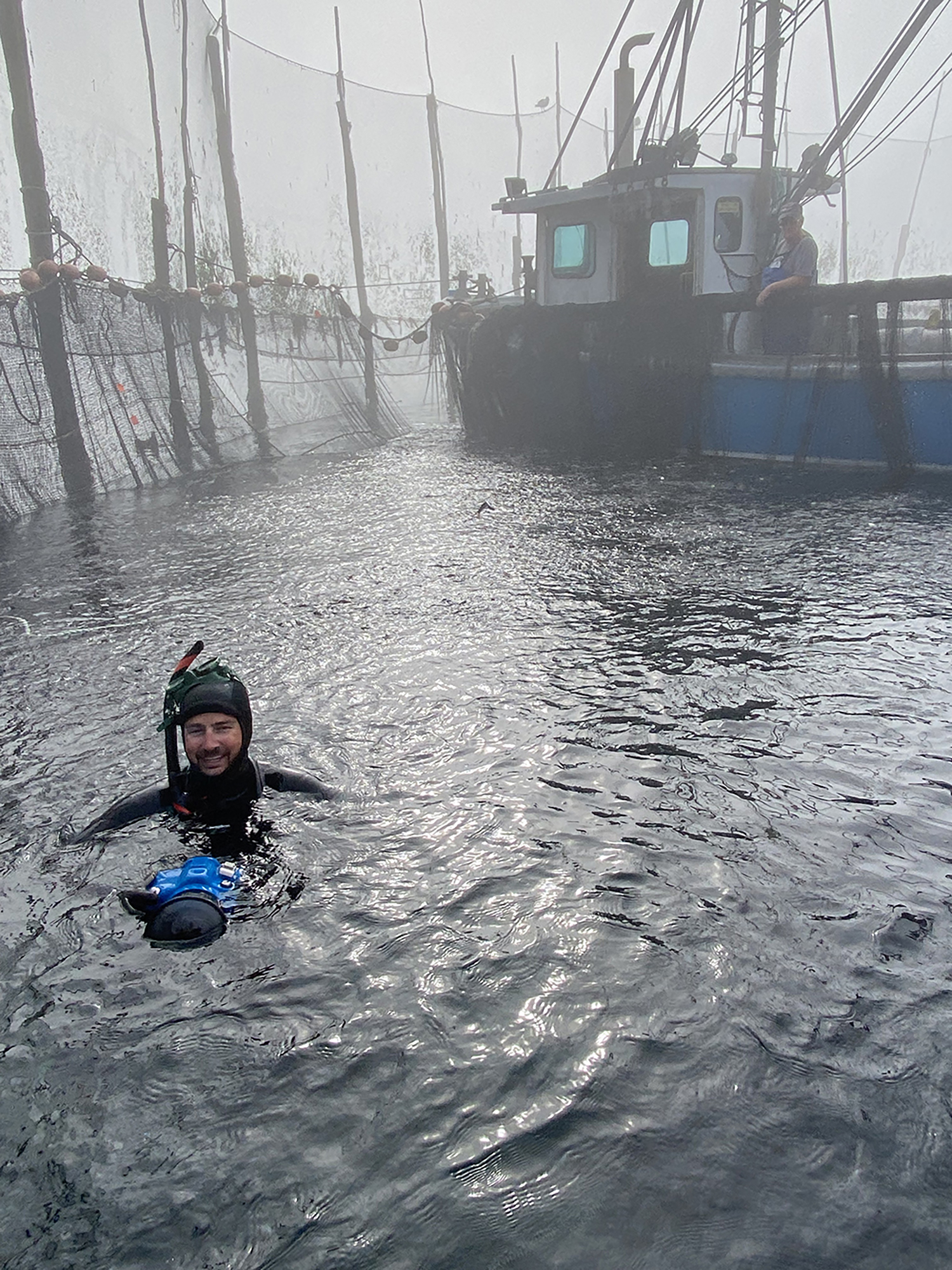
After his first book, Working the Water, which celebrates the watermen of the upper Chesapeake, Fleming compiled a portfolio of the lower bay where his photos intimately capture the cultures of the fishing communities on Smith Island and Tangier Island. His second book, Island Life, includes shots of cemeteries vanishing into the waves, children playing in flooded backyards, and fishing, and captures the souls of these fragile communities. “Now I’m working on my third book, Atlantic Harvest,” says Fleming. “I’m building a portfolio of fisheries photographs from Canada to Cuba that I hope to have ready by 2028.”
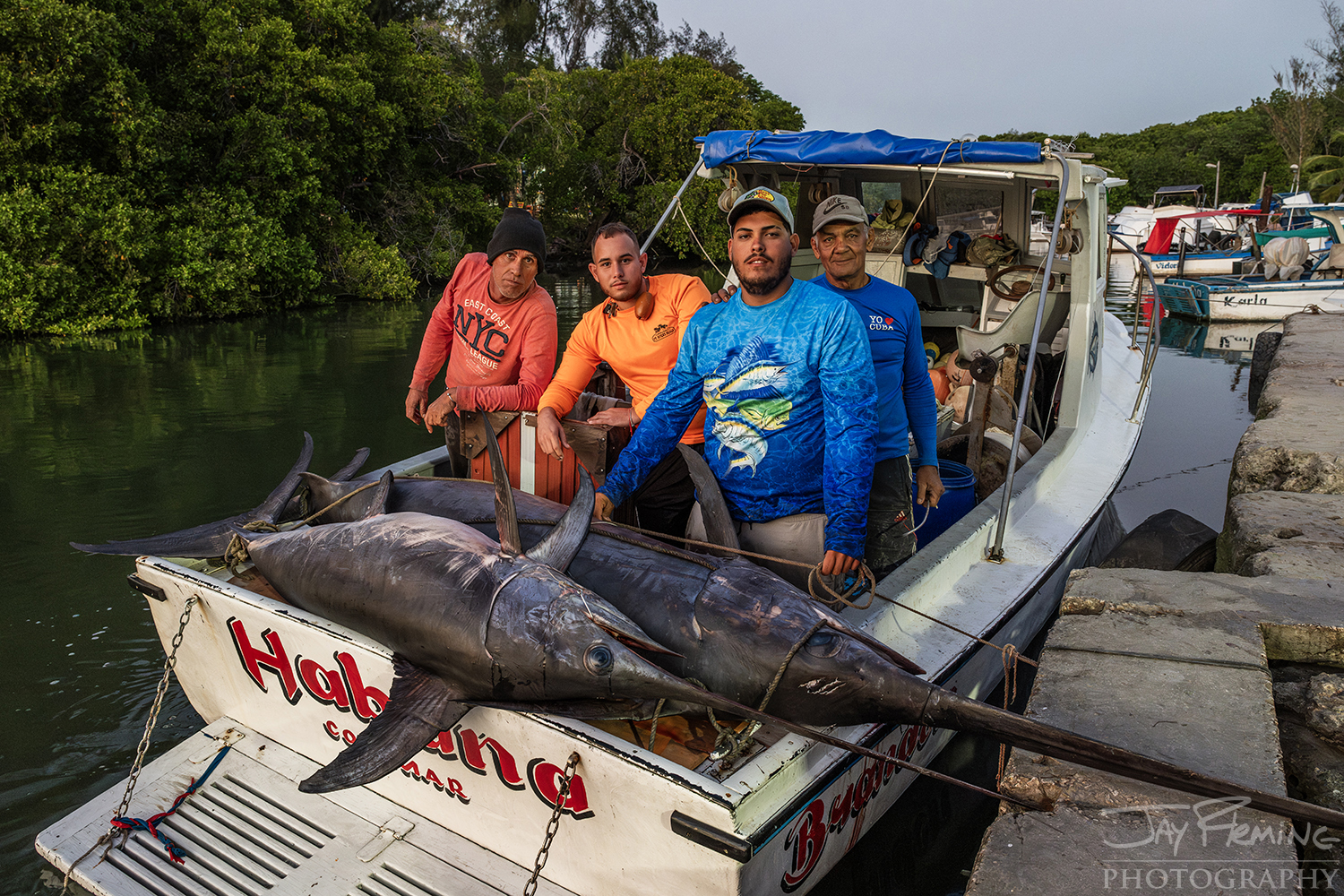
Since he began, Fleming has gone to extremes to portray the lives and work of the fishermen—it’s his mission. “In my pictures, I can capture the whole supply chain from the work of getting ready to go fishing, to the buyers and processors,” he says. “I want to show fishing in a way that is respectful of the people doing the work.”
In Working the Water, Fleming captures numerous informal portraits, such as gillnetter Eddie Cummings smiling through his ice-encrusted beard, and Stoney Whitlock, cigarette clenched in his teeth as he hauls an oyster dredge aboard his skipjack, the Hilda Willing. In Island Life, he reveals the realities of life on the bay.
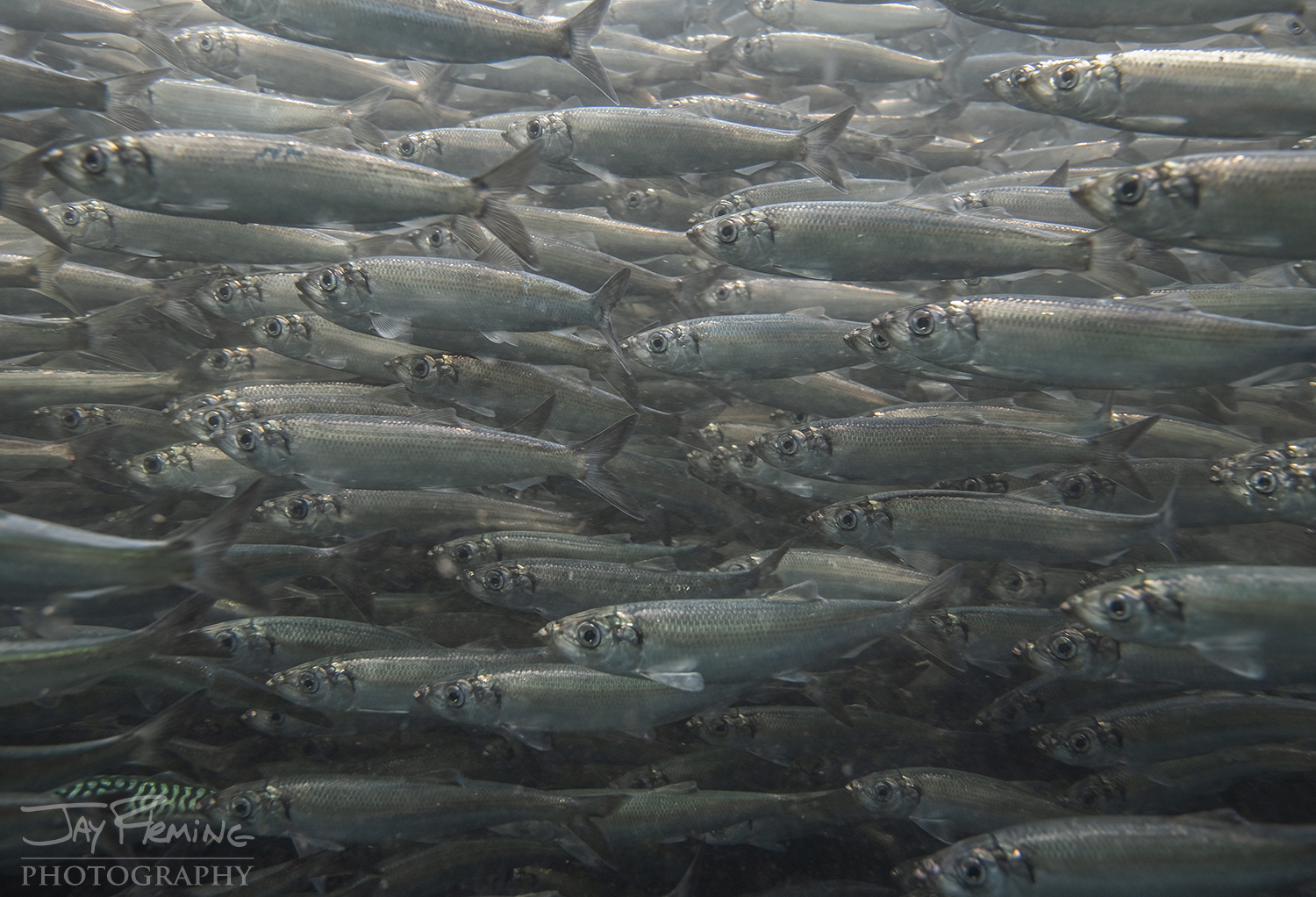
So far, Fleming has covered several fisheries for his third book. Beginning in the Canadian Maritimes, working along the U.S. coast, and on to Cuba, he’s had some lively times. “In Canada, I went out to Grand Manan to photograph the herring weirs,” says Fleming, referring to the herring traps around the shores of the island at the mouth of the Bay of Fundy. “I was diving in a weir with the diver who ties down the net, and we found we had a 13-foot thresher shark in there with us.”
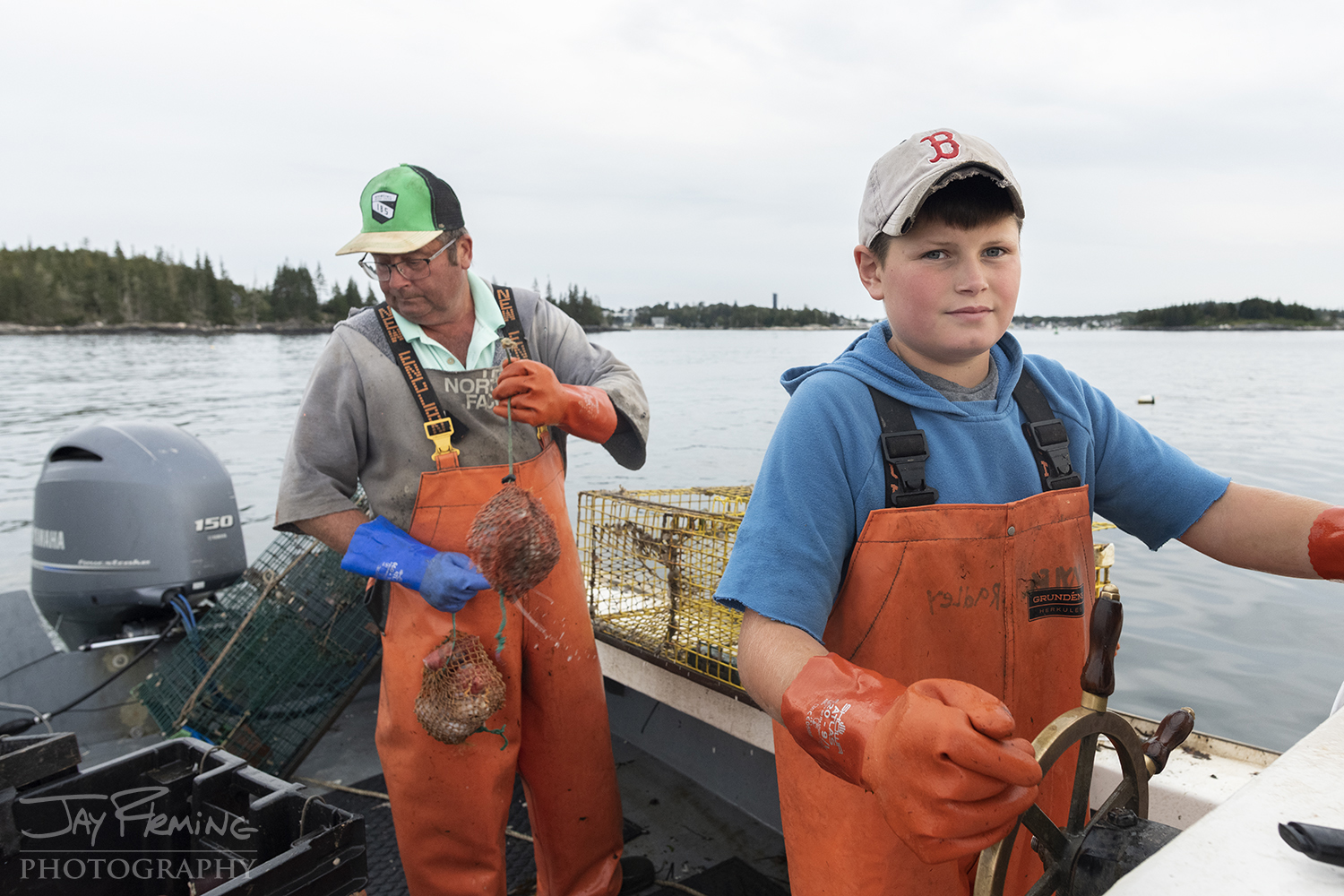
Fleming went lobstering in Maine, of course, and clamming with Danny Fitzsimons in Lubec, who was featured in National Fisherman in July 2024. He went out with a wild mussel dragger in Trenton, Maine, and ventured down to New Bedford, Massachusetts, to go out on a scallop boat. “I made a couple of trips, scalloping,” he says. “Those trips were pretty rough, but I guess big waves and bad weather make better pictures.”
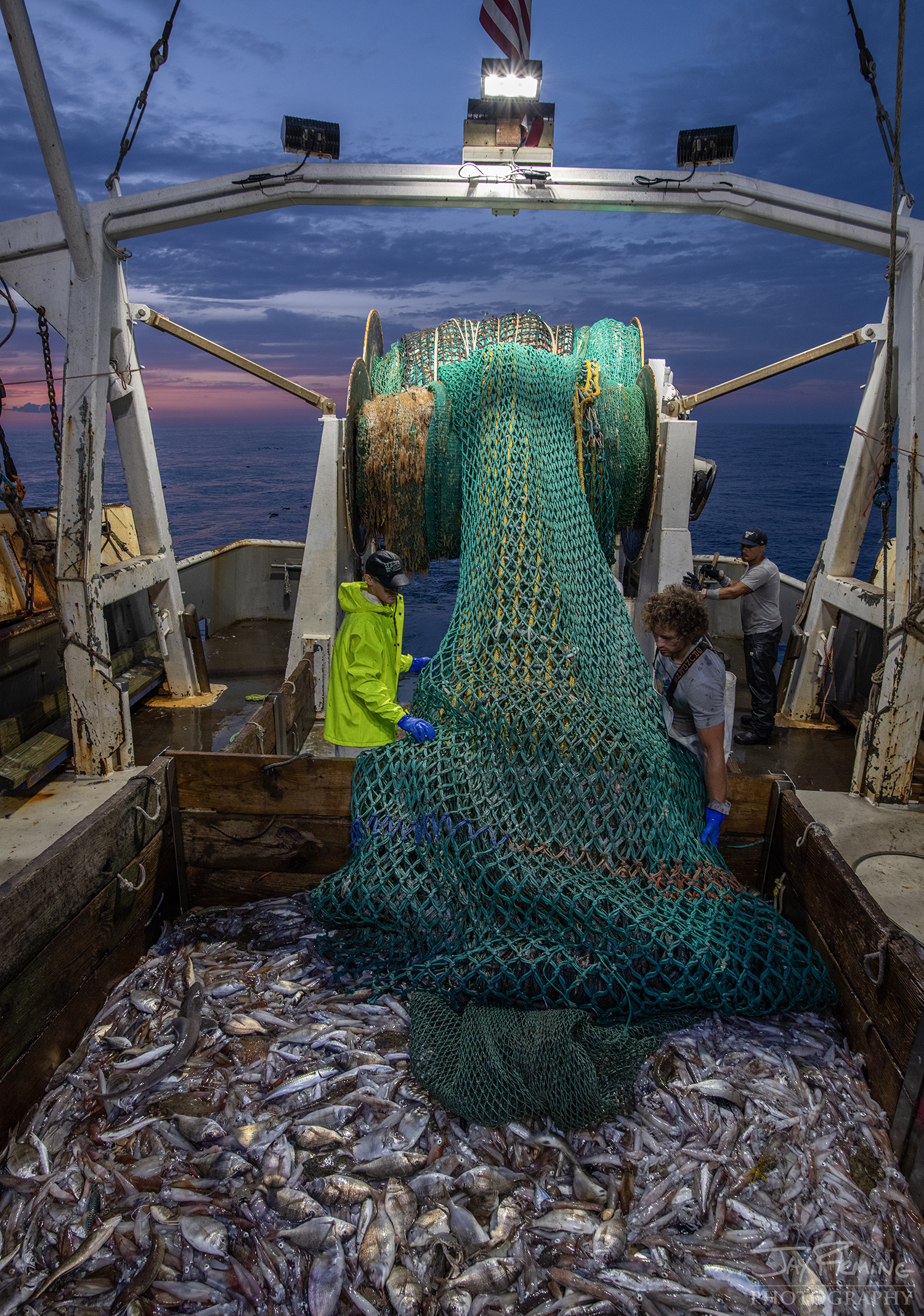
Making his way south, Flemming made a trip squid fishing off Nantucket, and closer to home, he photographed the emerging blue catfish fishery in the Chesapeake. “They’re an invasive species from the Mississippi watershed, and they’re harming native species,” he says. “The state is trying to develop a fishery and a market so they can keep the numbers down.”
Besides blue catfish, Fleming has photographed the winter/spring beach seine fishery on the Outer Banks of North Carolina. “They run the net out from the beach with dories and pull it in with trucks.”
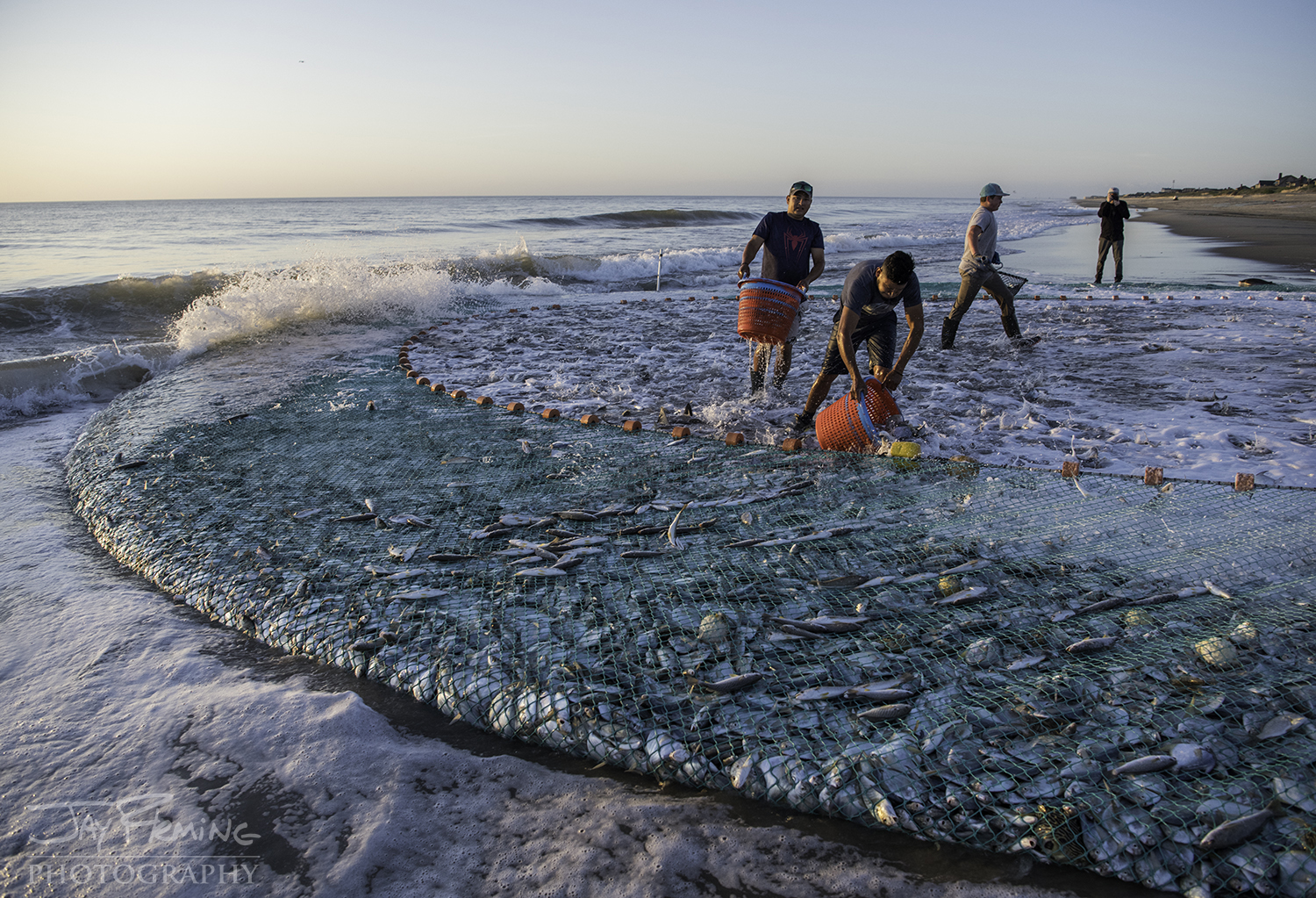
In Georgia, Fleming photographed the cannonball jellyfish fishery. “They’re surprisingly beautiful,” he says of the jellyfish. “I’ll be heading back down there, and to Cuba at the end of March. Then I want to come back to New England and photograph some other fisheries. I’d like to go out on an Atlantic surf clam boat, for example.”
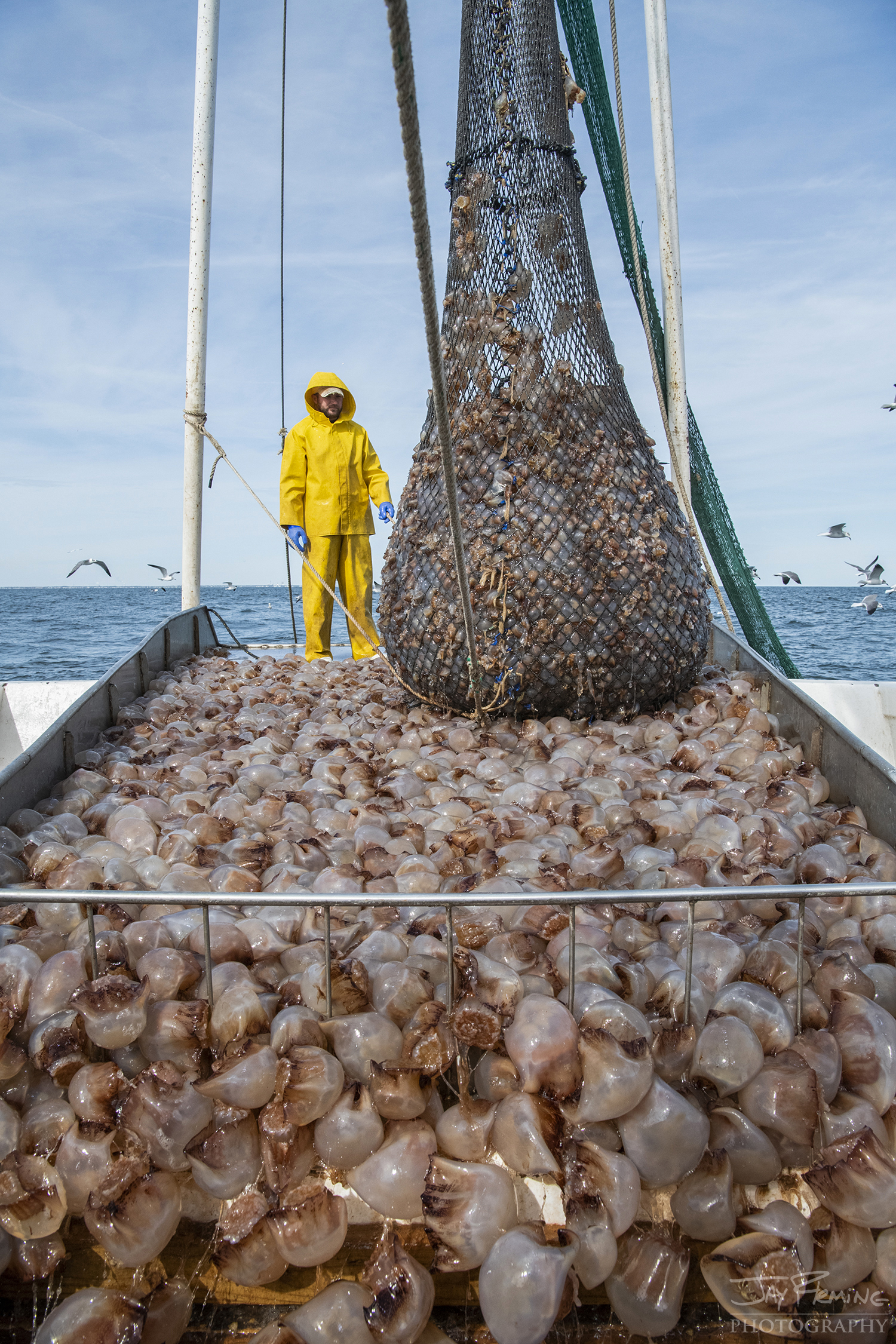
While Fleming focuses on making beautiful and compelling images, he hopes to convey more than meets the eye. “Fishermen see the reality of things more than most people,” he says. “The politicians and scientists don’t see it the same. Fishermen live in that world every day and in all kinds of weather, and they understand it in ways no one else does.”
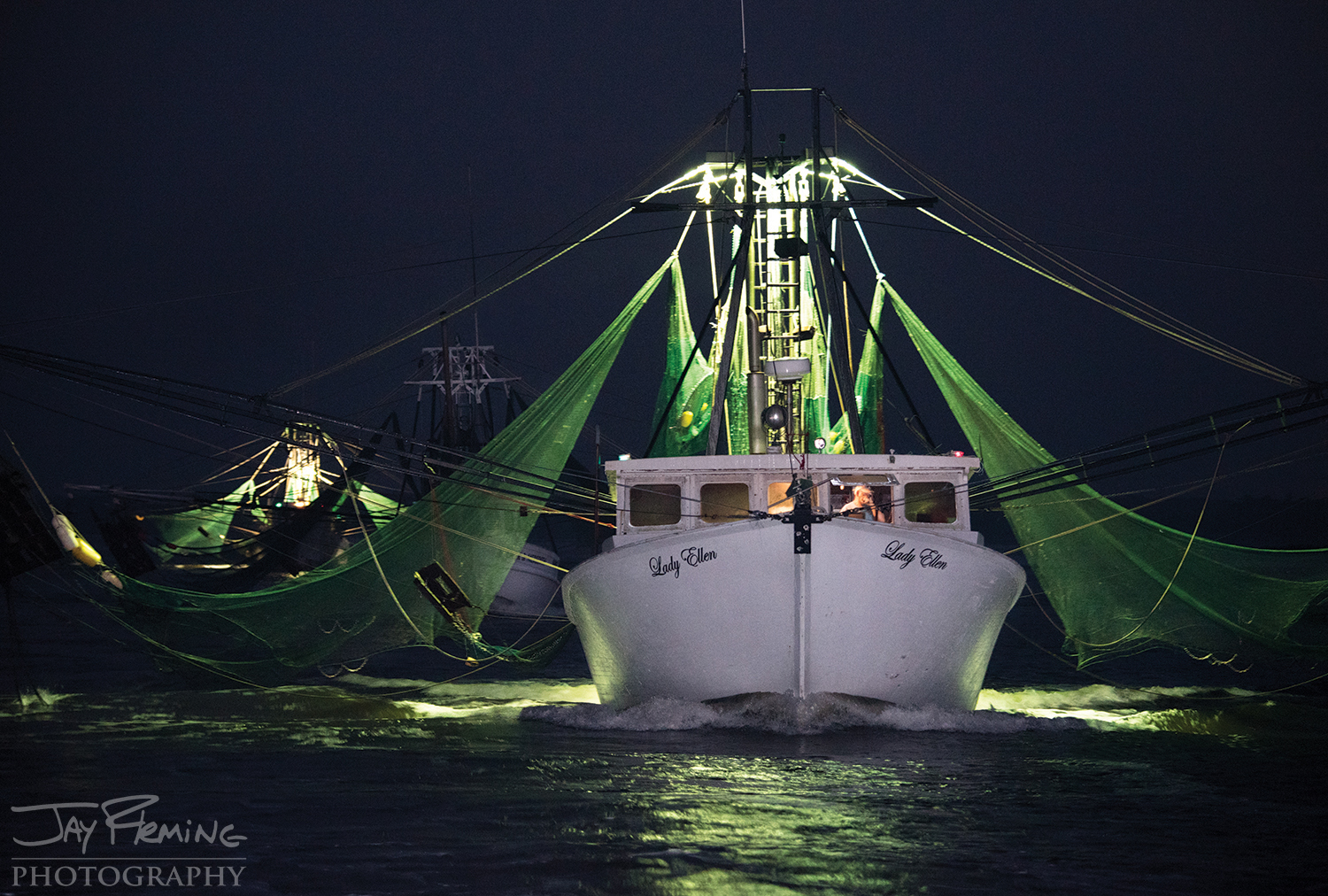
With some years ahead of him to engage with fishermen and photograph their work, as well as that of the shoreside processors, Fleming hopes to make connections with fishermen in a variety of fisheries. “If anyone has a fishery that they think would be interesting, I’d like to hear from them,” he says. Fleming can be reached at [email protected] or (410) 279-8730.
Fishermen’s work, even that of inshore fishermen, usually takes place out of sight of those who remain on land. The invisibility of fishermen can make it difficult when trying to convince shoreside communities of the need for working waterfronts; the work of many artists, Fleming included, helps folks on land understand who fishermen are and why they matter.
